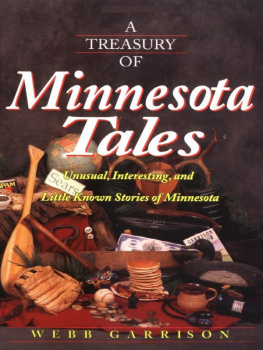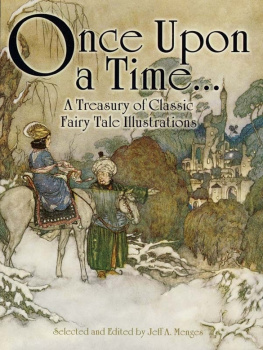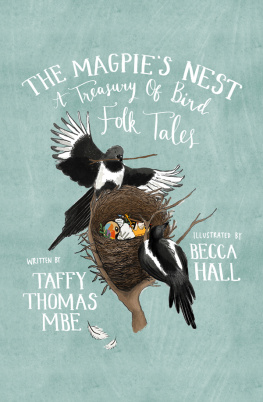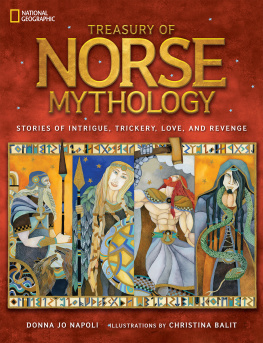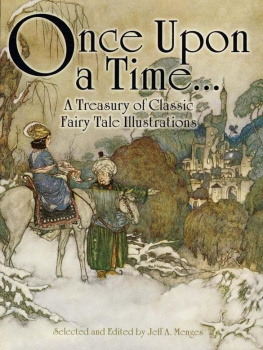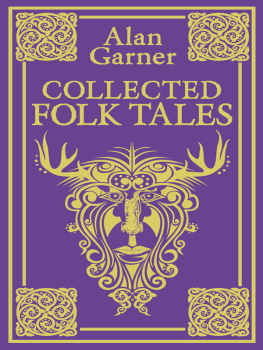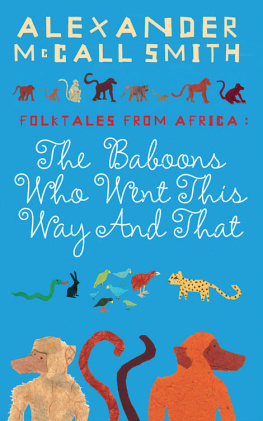A TREASURY OF
ESKIMO TALES
BY
CLARA K. BAYLISS
Author of "A Treasury of Indian Tales,"
"Old Man Coyote," etc.
illustrated in color by
GEORGE CARLSON
NEW YORK
THOMAS Y. CROWELL COMPANY
PUBLISHERS
Copyright, 1922,
By THOMAS Y. CROWELL COMPANY
Second Printing
Printed in the U. S. A.
HE SUMMONED HIS MASCOT WHICH WAS A HUGE BEAR
PREFACE
The Central Eskimo live away up north in that great American archipelago which lies between Hudson Bay, Baffin Bay, and the Arctic Ocean; an archipelago in which the islands are so large, so numerous, and so irregular in outline that, as one looks at a map of them, he could fancy they were "chunks" of the continent which had been broken to pieces by some huge iceberg that bumped into it.
The land is ice-bound during so much of the year that the inhabitants cannot depend upon getting a living by the cultivation of the soil, and have to subsist almost entirely upon meat which they get from reindeer, seal, bear, whale, and walrus.
In summer their clothing is of sealskin and fishskin; and in winter it is of the thicker reindeer hides. Their life is a hard one owing to the rigorous climate, and they make it harder by their superstitions, for diseases are supposed to be cured by charms and incantations of the shaman or priest; and everything in the way of hunting, fishing, cooking, or of clothing themselves must be done in a prescribed way or it is "taboo" or "hoodoo" as the negroes say. When you read "The Baby Eskimo" you will see just a tiny bit of the hardships, but I should not like to tell you how much more terrible a time he might have had, if he had happened to be a girl baby.
By referring to the Table of Contents you will note that the first group of tales were told by the Central Eskimo. The second group were derived from the Eskimo living along Bering Strait, to the west; and it is interesting to compare many of these folk tales along similar subjects.
The writer is indebted to the Sixth Ethnological Report, issued by the U. S. Government, for many of the legends found in the Central Eskimo group; and to the Eighteenth Report for many of those from Bering Strait. She wishes to express her thanks for this invaluable and unique material.
CONTENTS
| chapter | page |
| CENTRAL ESKIMO TALES |
| The Baby Eskimo |
| Kiviung |
| The Giant |
| Kalopaling |
| The Woman Magician |
| The Bird Wife |
| The Spirit of the Singing House |
| The Tornit |
| The Flight to the Moon |
| What the Man in the Moon Did |
| The Guest |
| The Origin of the Narwhal |
| BERING STRAIT TALES |
| What the Eskimo Believes |
| The First Man |
| The First Woman |
| Other Men |
| Man's First Grief |
| Up to the Top of the Sky, and Down to the Bottom of the Sea |
| Taking Away the Sun |
| The Dwarf People |
| What Happened to the Lone Woman of St. Michael |
| Why the Moon Waxes and Wanes |
| Chunks of Daylight |
| The Red Bear |
| The Last of the Thunderbirds |
| Raven Makes an Ocean Voyage |
| The Red Skeleton |
| The Marmot and the Raven |
| Origin of the Winds |
| Raven and the Geese |
| Even a Grass Plant Can Become Someone if it Tries |
ILLUSTRATIONS
| He summoned his mascot which was a huge white bear (7) |
| page |
| He lifted the boulder as if it had been a pebble |
| He whipped on his magic coat and became a raven |
| A gale swept in bringing reindeer, trees and bushes |
I
THE BABY ESKIMO
The little Eskimo away up in the northern part of British America has a pretty hard time of it, as you may know when you think how cold it is there.
He is born in a snow hut, and when he is but a few hours old he is carried on his mother's back out upon the ice, and around and around in circles and after a while through deep snow back to the hut. If that does not kill him, the names he gets are enough to do it; for he is given the names of all the people who have died in the village since the last baby was born. He sometimes has a string of names long enough to weigh any baby down. Worse than that, if one of his relatives dies before he is four years old, that name is added to the rest and is the one by which he is called.
Worse still, if he falls sick he is given a dog's name, so that the goddess Sedna will look kindly upon him. Then, all his life, he must wear a dog's harness over his inner jacket. If he should die, his mother must rush out of the house with him at once. If she does not do so, everything in the house must be thrown away or destroyed, just as is done when a grown person dies in a furnished house.
For a whole year his mother must wear a cap if she steps outside her door, and she must carry his boots about with her. After three days she goes to his tomb and walks around it three times, going around to the left, because that is the way the sun travels. While she walks, she talks to the dead child and promises to bring him food. A year after his death she must do this again, and she must do the same thing whenever she happens to pass near the grave.
Now we shall tell you some of the tales which the Eskimo mothers relate to their children. The first one is about Kiviung, the Rip Van Winkle of the Eskimos.
II
KIVIUNG
An old woman lived with her grandson in a small hut. She had no husband to take care of her and the boy, and they were very poor. The lad's clothing was made of the skins of birds which they caught in snares. Whenever the boy came out of the hut to play, the other boys would call, "Here comes the bird boy! Fly away, birdie!" and the men would laugh at him and tear his clothes.
Only one man whose name was Kiv-i-ung, was kind to the boy and tried to protect him from the others, but they would not stop. The lad often came to his grandmother crying, and she would console him and promise him a new garment, as soon as they could get the skins.
She begged the men to stop teasing the child and tearing his clothes, but they only laughed at her. At last she became angry and said to the boy, "I will avenge you on your tormentors. I can do it by making use of my power to conjure."
She poured water on the mud floor and said, "Step into this puddle, and do not be frightened at anything that happens."
He stepped into it, and immediately the earth opened and he sank out of sight, but the next moment he rose near the beach and swam about as a young seal with a wonderfully smooth, shining skin.
Some one saw him and called out that there was a yearling seal close to shore. The men all ran to their kayaks eager to secure the beautiful creature. But the boy-seal swam lustily away as his grandmother had told him to do, and the men continued to pursue him. Whenever he rose to the surface to breathe, he took care to come up behind the kayaks, where he would splash and dabble in order to lure them on. As soon as he had attracted their attention and they had turned to pursue him, he would dive and come up farther out in the sea. The men were so interested in catching him that they did not observe how they were being led far out into the ocean and out of sight of the land.


